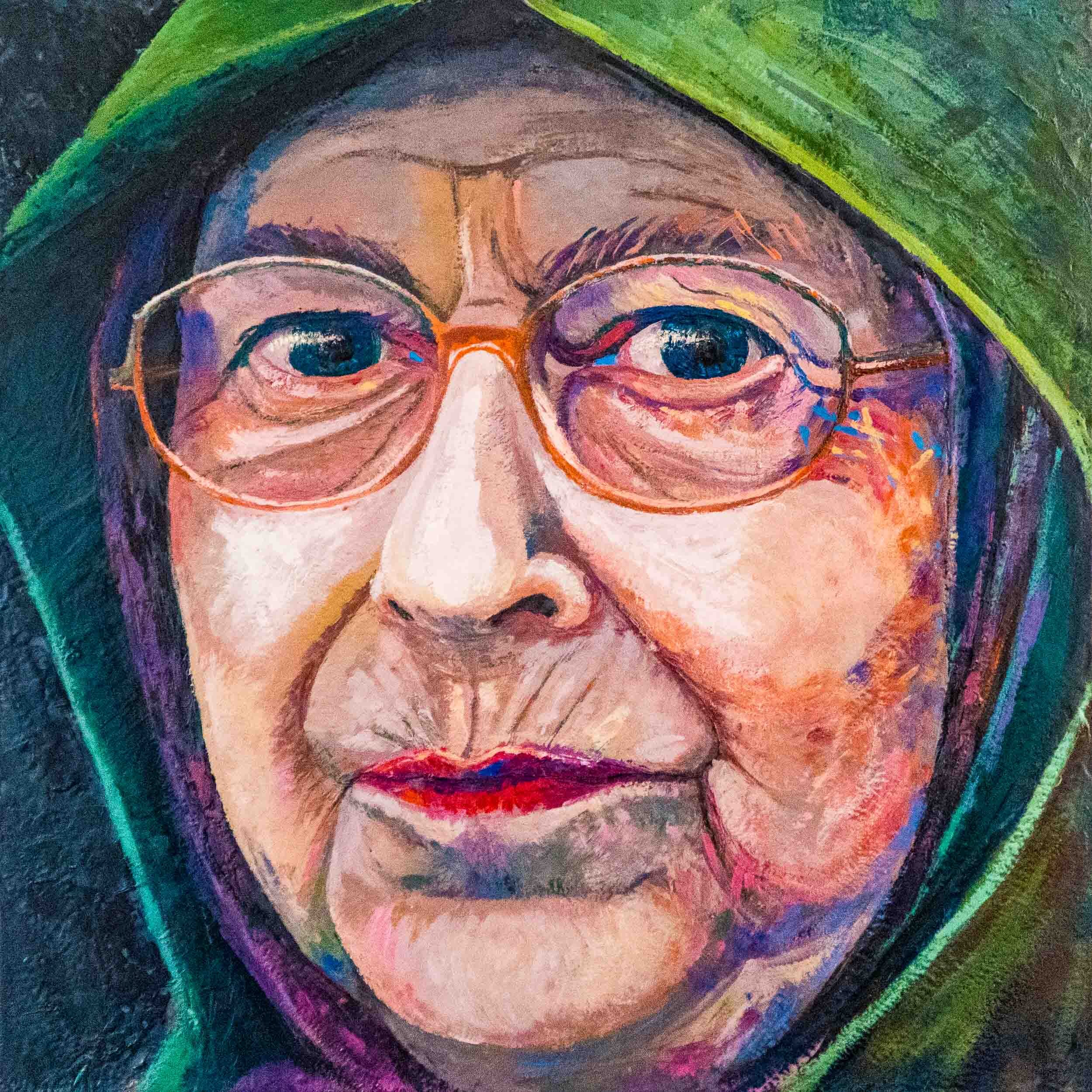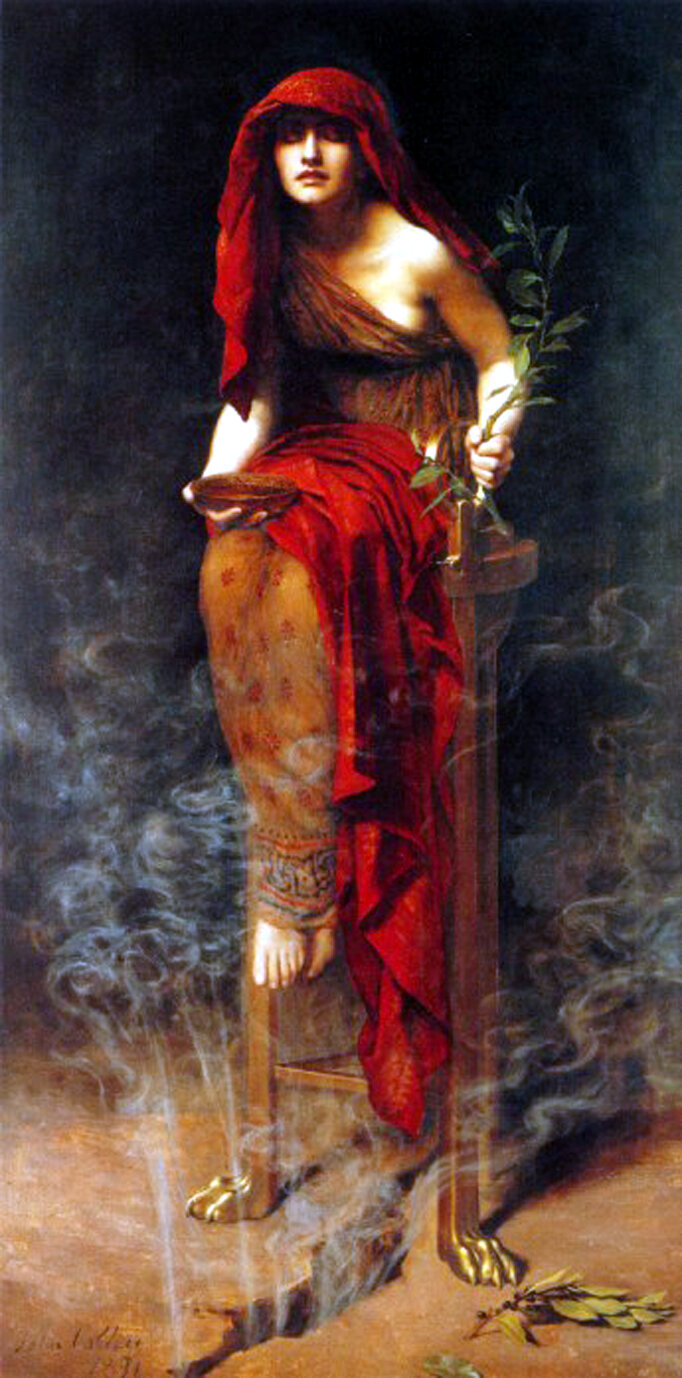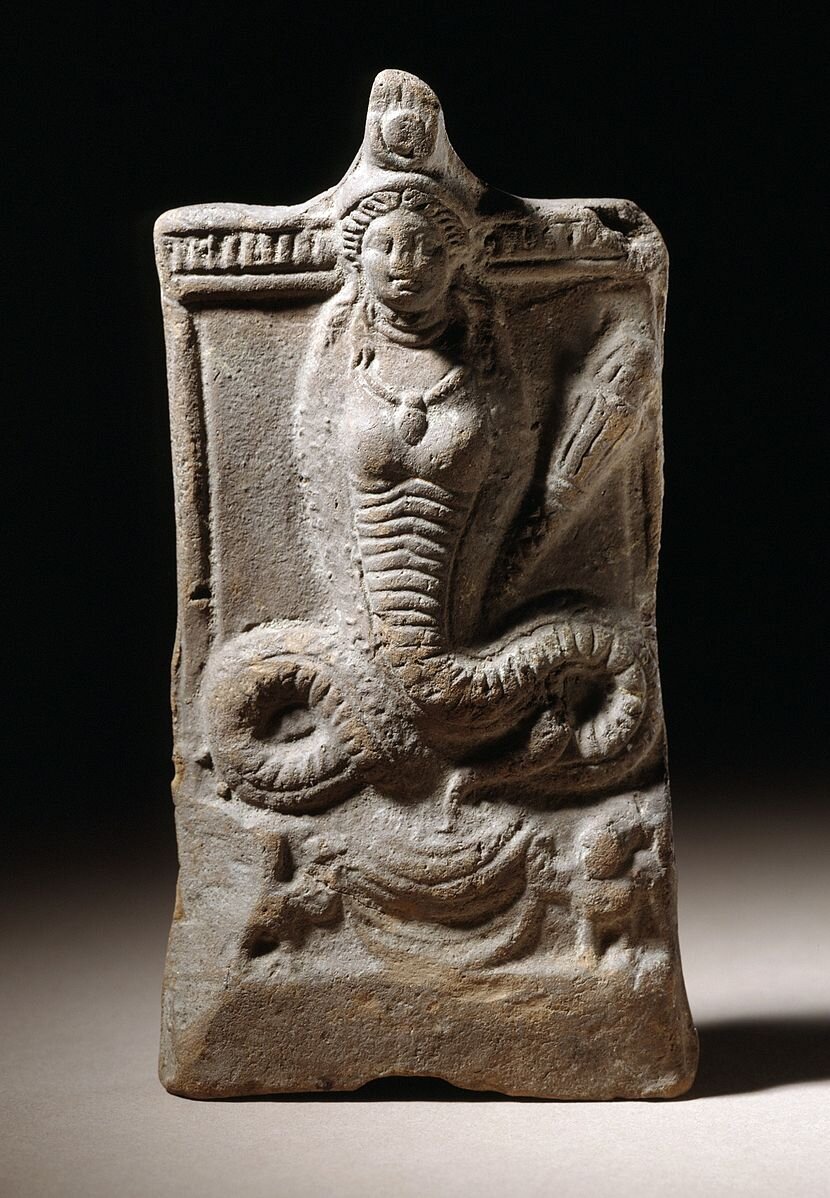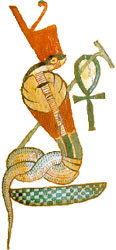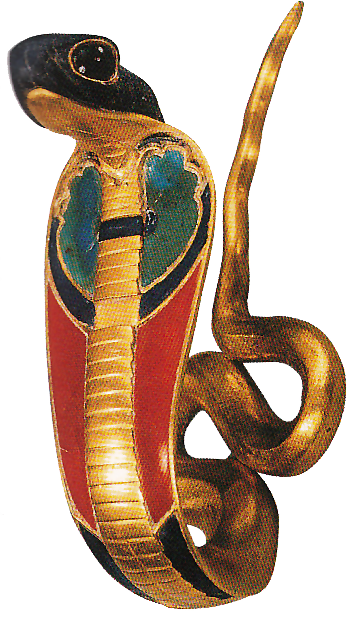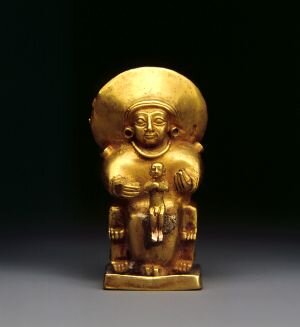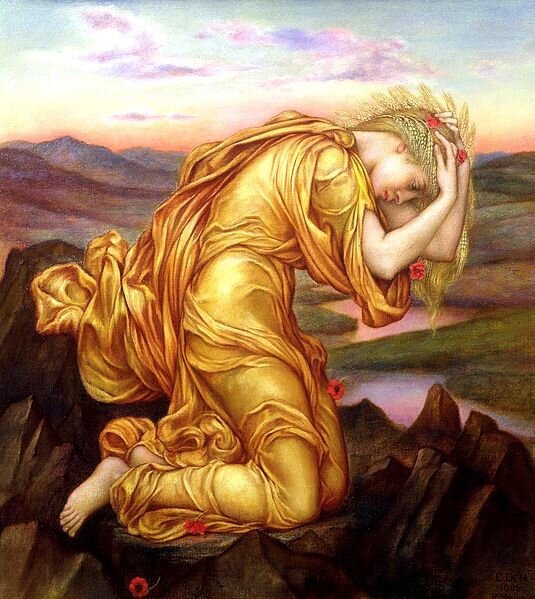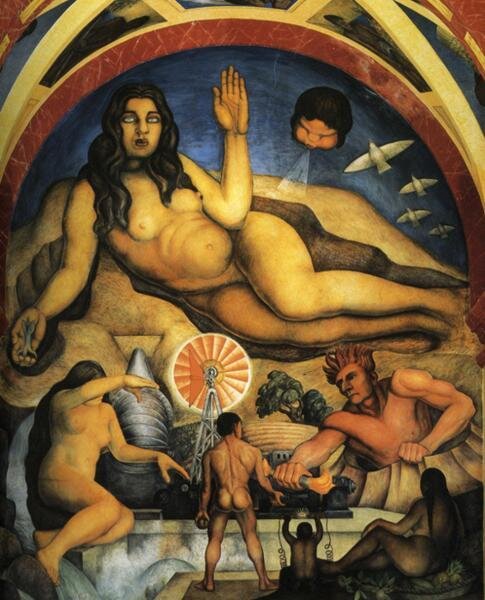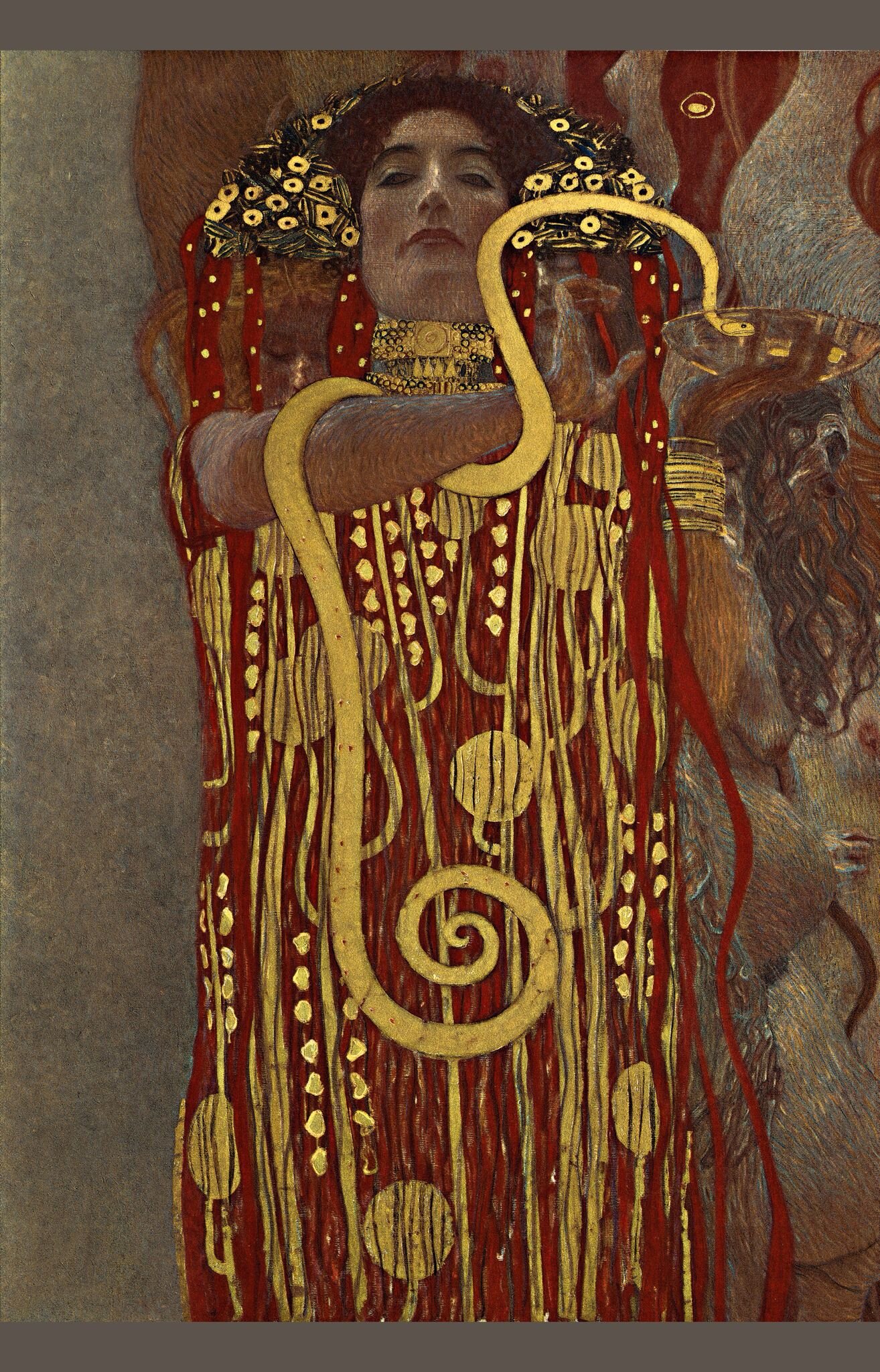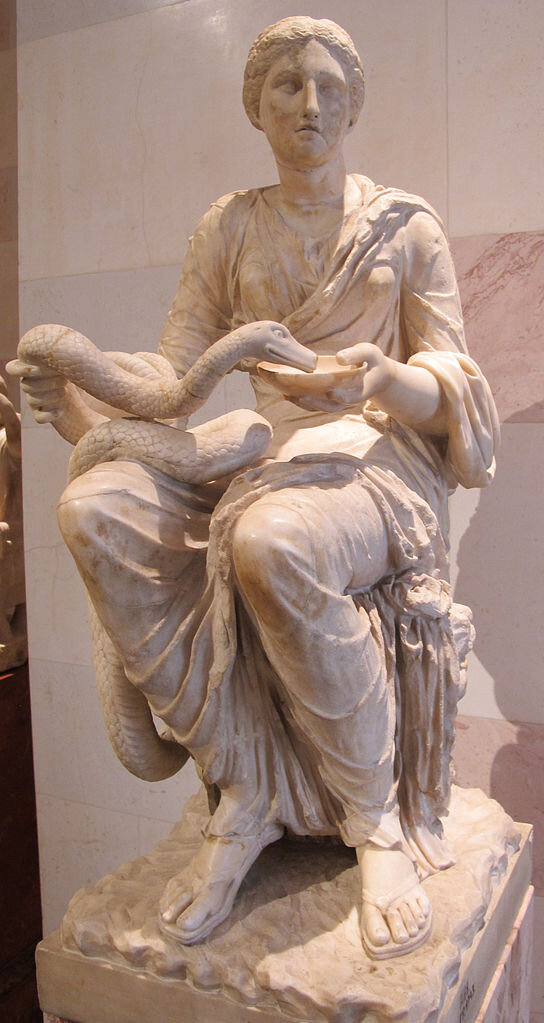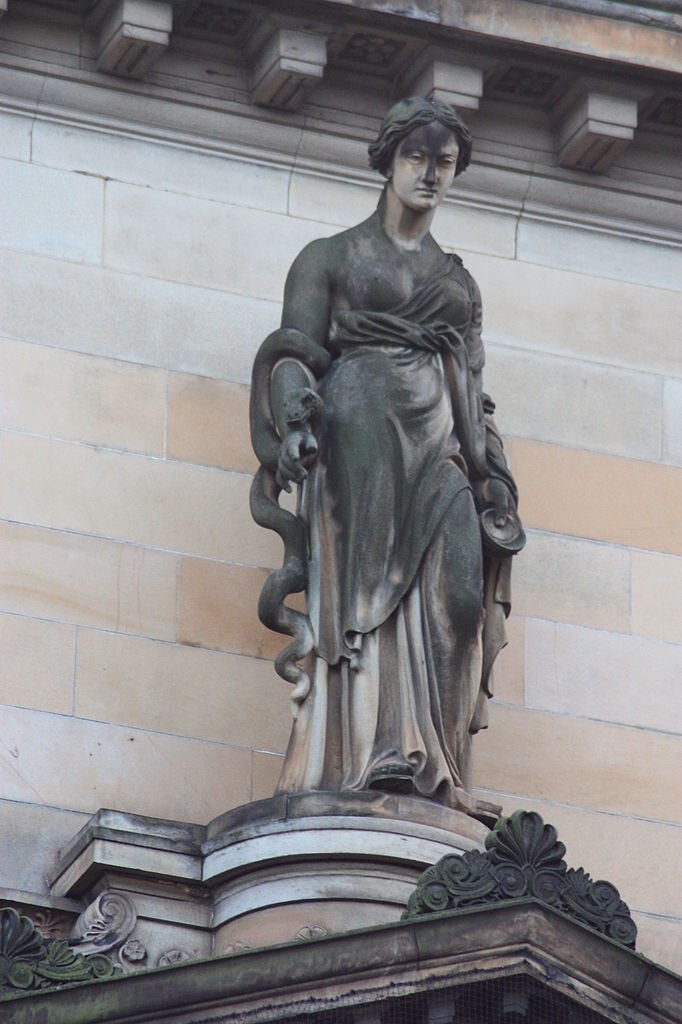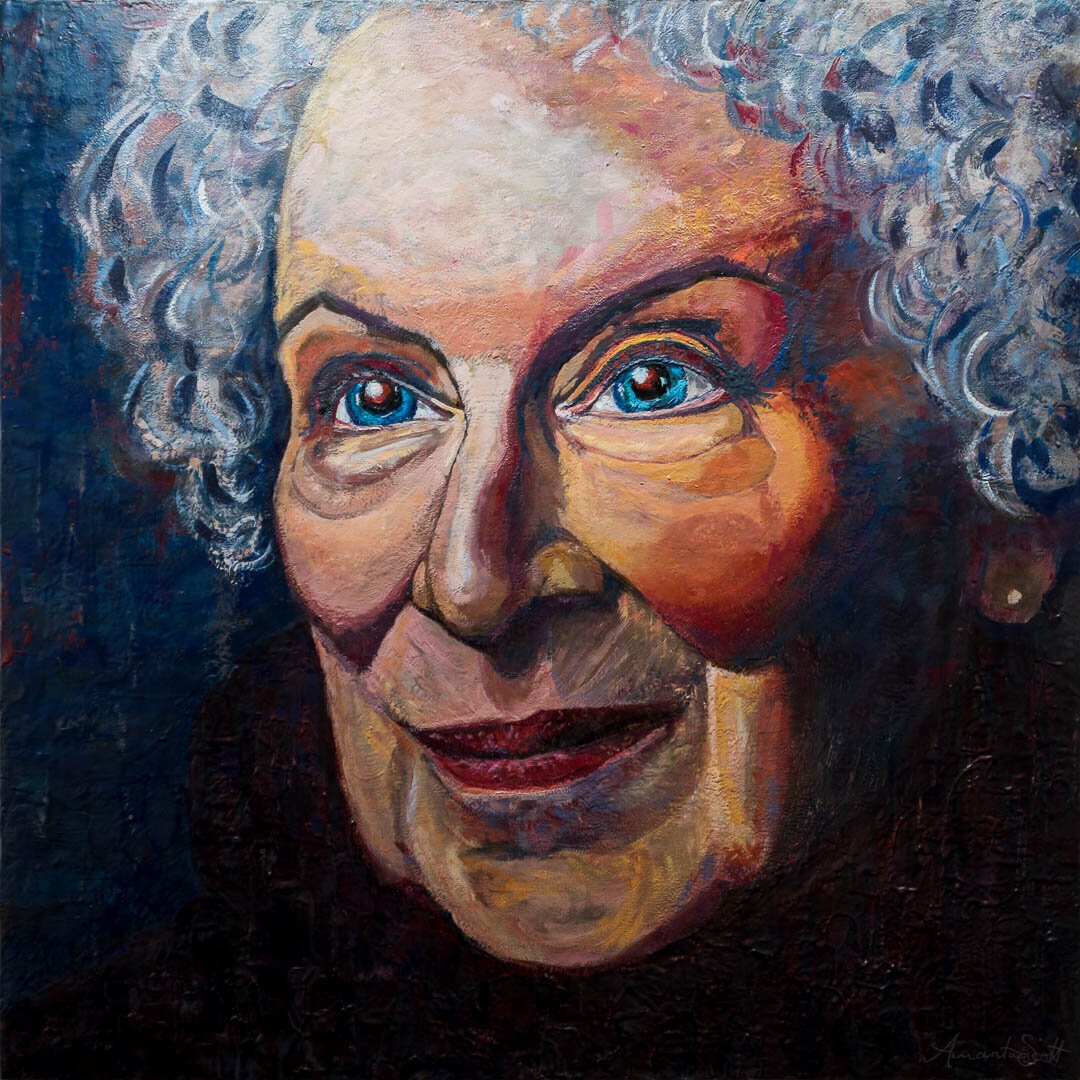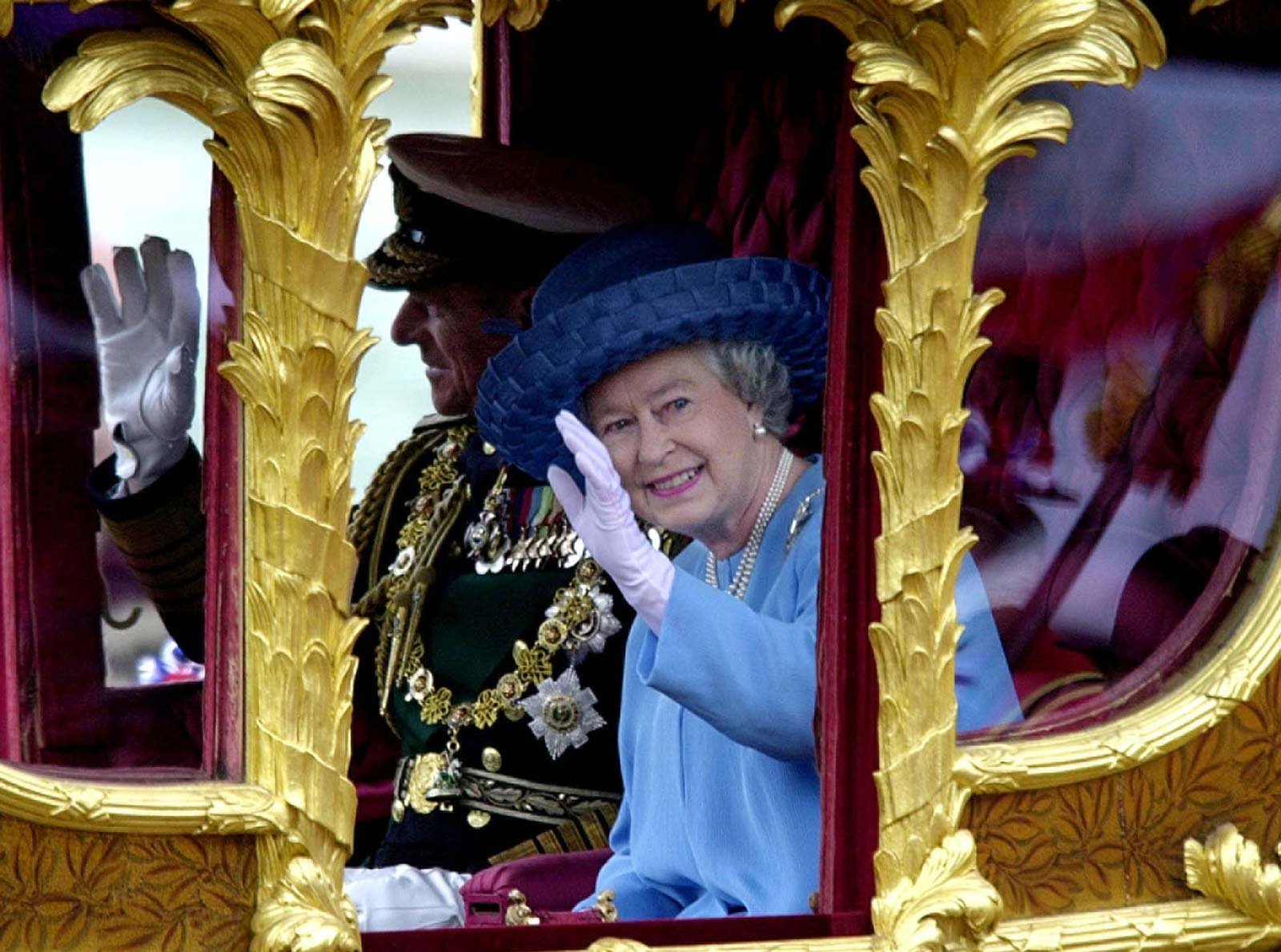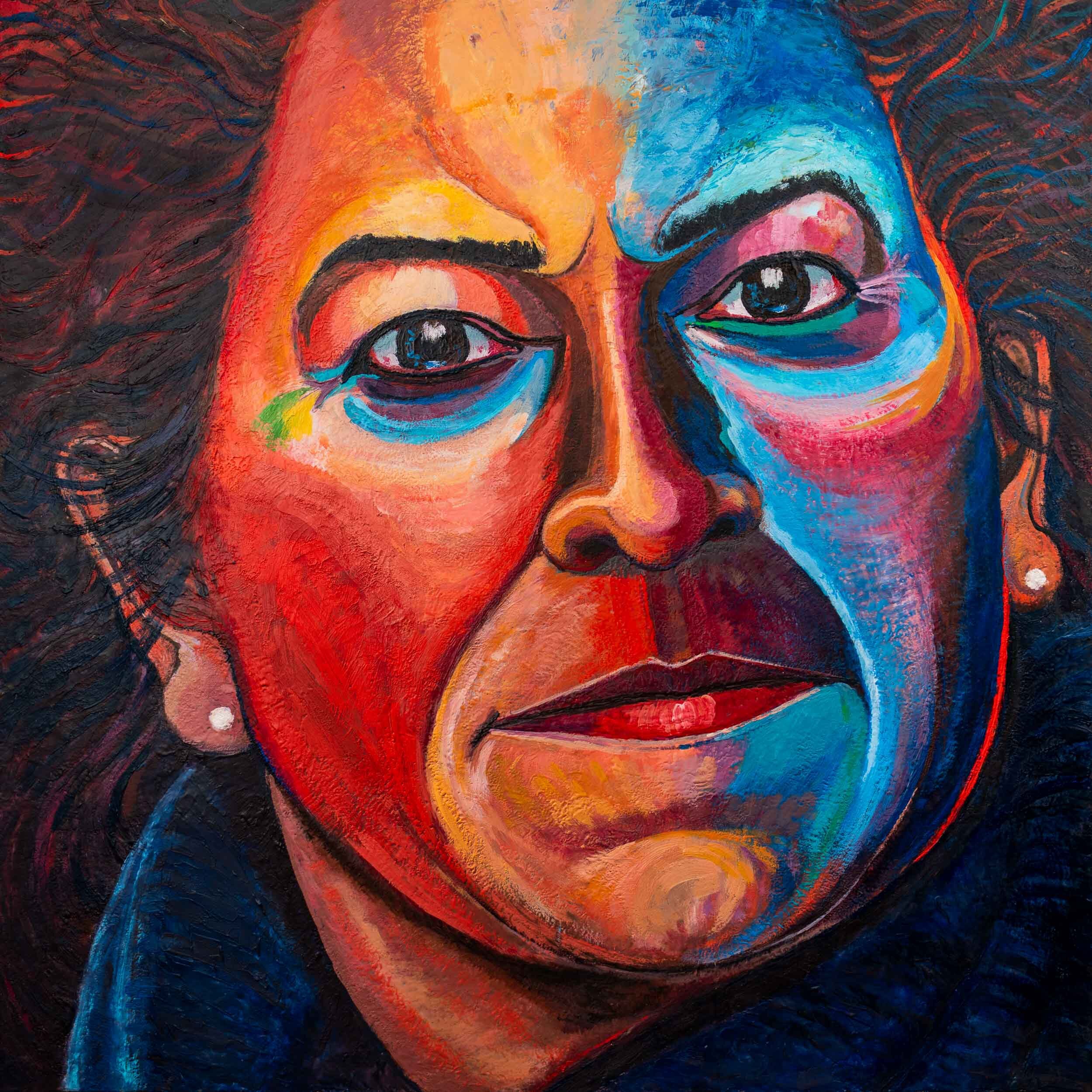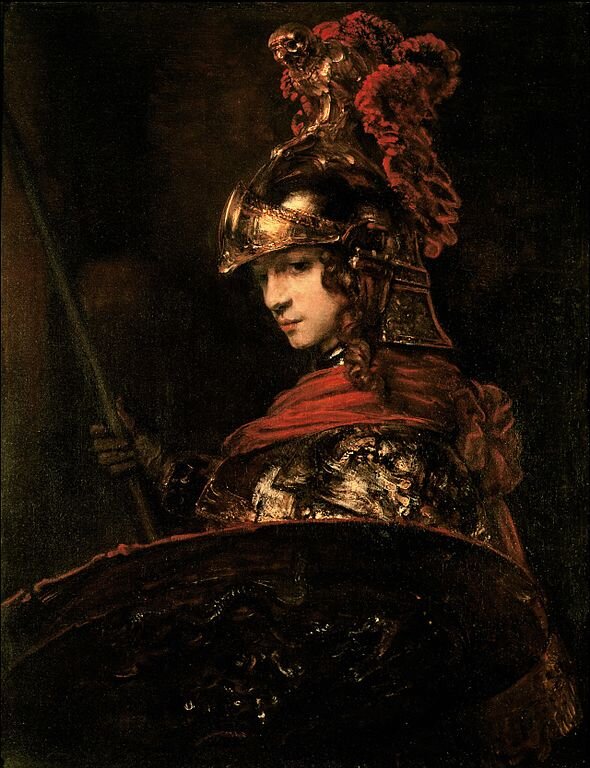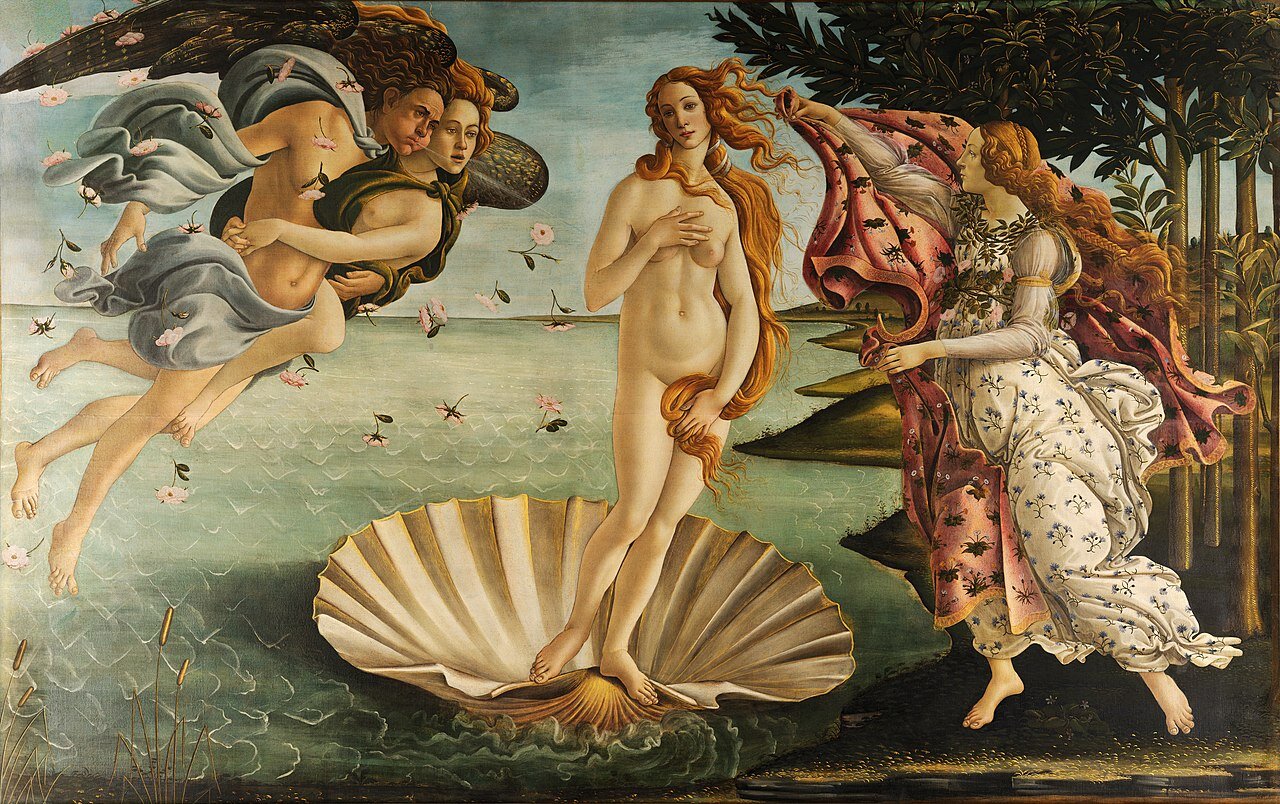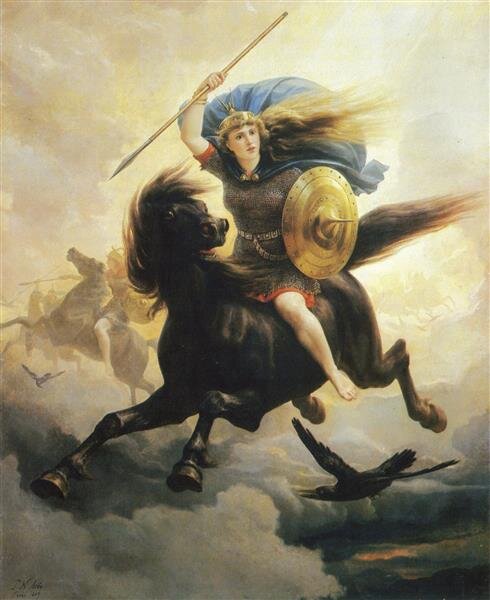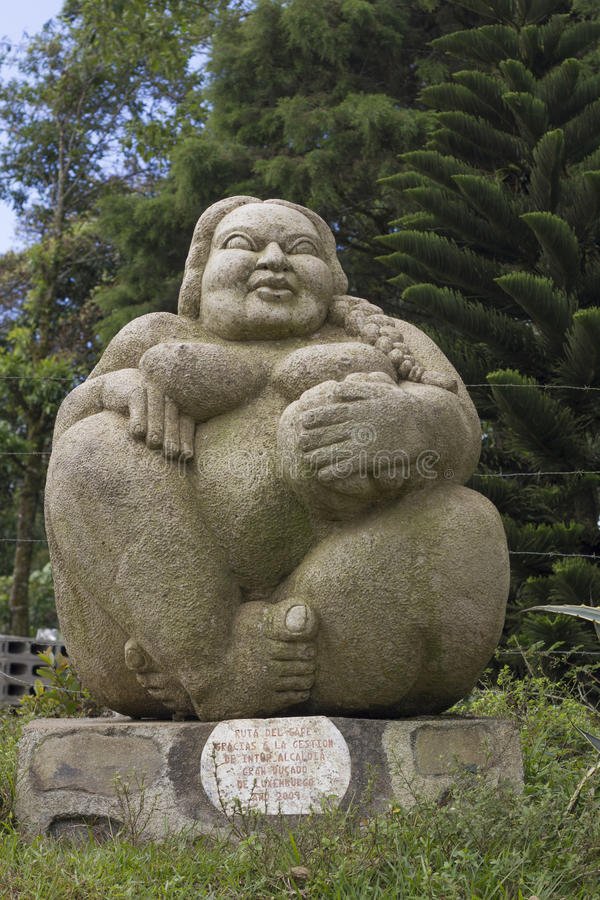Pythia Paused
Impressions of Her Majesty Queen Elizabeth II
“Now then — with teeth or without?”
The Pythia (the Oracle of Delphi) was the high priestess of the Temple of Apollo.
Considered the most prestigious and authoritative oracle among the Greeks, Pythia was highly regarded as she was believed to channel prophecies while steeped in a dreamlike trance.
From the end of the 7th century BC to the late 4th century AD, the Oracle was one of the best-documented religious institutions with the Pythia among the most powerful women of the classical Greek world.
The role of Pythia intrigues me— as does that of The Queen.
As two of the most important women in the world in their time, both of them listened and counselled and must carry the burden of terrible secrets and ideas.
Priestess of Delphi, John Collier, 1891
Pythia is known in English as the Pythoness.
The Oracle of Delphi originated circa 1400 BC, in the middle period of Mycenaean Greece (1600–1100 BC). The temple was originally dedicated to Gaia, then later believed to be sacred to Poseidon.
During the Greek Dark Age, from the 11th to the 9th century BC, a new god of prophecy, Apollo, was said to have seized the temple and expelled the twin guardian serpents of Gaia, whose bodies he wrapped around the caduceus.
The name Pythia derives from the Greek word Pytho, the original name of Delphi. “Pytho” comes from the verb πύθειν (púthein) "to rot", which refers to the sickly sweet smell from the decomposing body of the monstrous Python after she was slain by Apollo.
Recently the National Portrait Gallery restored a work by an unknown artist: Portrait of Queen Elizabeth I, (1533-1603) in which it was discovered that a posy The Queen was depicted holding in her hand was originally a serpent twined around her fingers! The Queen is also shown wearing the Lesser George, a medal signifying membership of the Order of The Garter, on a ribbon around her neck.
16th century portrait of Queen Elizabeth I. A faint outline of the coils can be seen superimposed on her hand, while the serpent's body, - seen as dark shading - follows the line of the flowers she is holding and also passes beneath her fingers
Experts suggest that the symbolism of the snake is considered ambiguous, which may explain why it was overpainted with a posy of roses. While a serpent is sometimes used to represent wisdom, prudence and reasoned judgement, it has also been used to symbolize Satan and original sin in Christian doctrine.
I wonder if the anonymous 16th century artist might also have seen Queen Elizabeth I as I see the present Queen Elizabeth II— as Pythia!
Snakes are often associated with prophecy.
One of the priestesses of the temple, Cassandra was left in the temple over night and found in the morning with snakes licking her ears, thereby bestowing upon her the gift of prophecy. Another of my encaustic paintings Cassandra — Impressions of Margaret Atwood parallels Cassandra’s psychic abilities with the Canadian author’s eerily prescient writings.
Her majesty The Queen
Elizabeth II, Queen of the United Kingdom of Great Britain and Northern Ireland; and Queen, Head of the Commonwealth, Defender of the Faith, was born April 21, 1926, London, England. In 2015 she surpassed Queen Victoria to become the longest-reigning monarch in British history.
Queen Elizabeth II is Head of the Commonwealth and Head of State of 16 Commonwealth countries.
Elizabeth II in her coronation robes, photograph by Cecil Beaton, 1953. V&A Images/Alamy
During her time on the throne, The Queen has seen over 14 prime ministers serve under her. The crown must sanction all legislation passed by Parliament in the United Kingdom. Such sanction is not ritualistic or automatic. As the source of legal authority in the U.K. The Queen represents a continuous line of experience stretching back to the 1950s. Although she is expected to maintain a politically neutral position, The Queen is still entitled to refuse to approve something.
The Queen’s steady, calm approach helps the nation deal with each new crisis as arises, including economic woes; a shrinking role on the world stage; and the ongoing question of the necessity of the royal family.
When World War II broke out in 1939, Elizabeth was 13 years old. During the Blitz, Buckingham Palace was bombed and the princesses Elizabeth and Margaret were evacuated to Windsor Castle. At age 19, Elizabeth joined the Women's Auxiliary Territory Service (ATS) to train as an auto mechanic. Her dedication to her country and willingness to serve made her extremely popular amongst the people; and sparked a lifelong love of cars and mechanical work.
Resolute in her support of equality, The Queen has worked to condemn apartheid and racism.
Andy Warhol, Queen Elizabeth (unique) (1985). Courtesy of Adamar Fine Arts.
Elizabeth married her distant cousin Lieutenant Philip Mountbatten of the Royal Navy, formerly Prince Philip of Greece and Denmark in Westminster Abbey on November 20, 1947. Elizabeth became queen February 6, 1952 upon the sudden death of her father, King George VI. Her coronation was held at Westminster Abbey on June 2, 1953.
In 1953 the queen and the duke of Edinburgh made a six-month round-the-world tour of the Commonwealth, which included the first visit to Australia and New Zealand by a reigning British monarch.
In 1957, after state visits to various European nations, she and the duke visited Canada and the United States.
In 1961 she made the first royal British tour of the Indian subcontinent in 50 years, and she was also the first reigning British monarch to visit South America (in 1968) and the Persian Gulf countries (in 1979).
During her “Silver Jubilee” in 1977, she presided at a London banquet attended by the leaders of the 36 members of the Commonwealth, traveled all over Britain and Northern Ireland, and toured overseas in the South Pacific and Australia, in Canada, and in the Caribbean.
In May 2011 Elizabeth surpassed George III to become the second longest-reigning monarch in British history, behind Victoria.
She is the first British monarch to visit the Irish republic and the first to set foot in Ireland since 1911. Her respectful visit greatly improved relations between the two countries.
In 2012 Elizabeth celebrated her “Diamond Jubilee,” marking 60 years on the throne. On September 9, 2015, she surpassed Victoria’s record reign of 63 years and 216 days.
Elizabeth is known to favour simplicity in court life and is also known to take a serious and informed interest in government business, aside from the traditional and ceremonial duties.
Privately, she has been a keen horsewoman; she keeps racehorses, frequently attends races, and periodically visits the Kentucky stud farms in the United States. Her financial and property holdings have made her one of the world’s richest women. Admirably keeping up with the times, in 2020, the regular audiences and meetings that usually took place in Buckingham Palace took place instead, via video link from Windsor Castle.
The Artist wonders . . .
I suspect the Queen must wrestle with her role. Lacking the power to act and enact changes she might like to see in the world, she serves primarily as a voice of tradition, wisdom and caution....
And yet, when one considers the horrors perpetrated upon people worldwide in the name of colonialism, I wonder how this might give her pause to think... and ponder if things might have been different...
What does The Queen think of the state of the world at present, and where she does see it going?
About the painting
I have painted The Queen in a raincoat (worn hunting, riding out on the downs or watching the horse races) rather than in typical regal attire.
Known for her great sense of humour, and for saying “Now then, with teeth or without?” before every portrait sitting, The Queen’s amusing remark causes me to wonder:
When does she show her teeth?
Can The Queen bite into real issues?
Does her largely symbolic role inhibit or even prevent her from exerting influence?
How must it feel to be the custodian of the world’s secrets, holding knowledge, like the Pythia?
Is Her Majesty constantly reining herself in, pausing, withholding comment, allowing the world to unfold as it will— listening, watching, advising, counselling, but otherwise effectively biting her tongue, hiding her teeth?
In 1957, Queen Elizabeth II conceded that she could no longer lead the nation in battle or give laws, adding: “But I can do something else - I can give my heart and my devotion to these old islands and to all the peoples of our brotherhood of nations.”
I find myself wondering how her love and devotion manifests itself. . .
In listening? In advocacy? In silence?
From a country wracked with pain from the debilitating influence of colonialism and religious institutions on Indigenous peoples, I invite The Queen to show her teeth and help her people heal.
Drawing down the power of the ancients
The Queen’s predecessor, Queen Elizabeth I, was equated with Minerva, Venus and even Jupiter in this gorgeous portrait currently housed at the National Portrait Gallery in London, England.
Portrait of Elizabeth I by an unknown continental artist, ca. 1575, via National Portrait Gallery, London
Elizabeth I was the queen of England and Ireland from 1558 until her death in 1603. She was the daughter of Anne Boleyn and Henry VIII. She was well educated and very intelligent. She was the last Tudor monarch.
This painting by an unknown artist (possibly a Flemish painter) is also known as the Darnley portrait.
It is believed that this royal portrait was painted while the queen was in her forties. A crown placed behind her was later added to the portrait. The portrait is believed to have faded over time. The colours were probably richer at first and the queen’s complexion wasn’t as pale as it seems now.
In the bottom left corner of the painting, there is a pendant featuring figures of Minerva, the goddess of wisdom, Venus, the goddess of love, and Jupiter, the equivalent to the Greek god Zeus. Figures of Cupid and Mars are also shown on the sides of the jewel.
Throughout history, royalty has been believed to be the divinely appointed representatives and the living embodiments of the gods.
Many leaders today certainly seem to be drawing down the power of these ancient archetypes.
References
- New Larousse Encyclopedia of Mythology, Hamlyn Publishing Group Ltd., New York, 1959
- Ancient Mirrors of Womanhood, Merlin Stone, Beacon Press, Boston, 1984
- When God Was A Woman, Merlin Stone, Harvest Edition, 1976
- The Civilization of the Goddess, The World of Old Europe, Marija Gimbutas, HarperCollins Publishers, 1991
- The Language of the Goddess, Marija Gimbutas, HarperRow publishers, San Francisco, 1989
- https://www.npg.org.uk
- https://www.britannica.com/biography/Elizabeth-II
- https://www.npg.org.uk/assets/files/pdf/displays/concealedandrevealed/panel1.pdf
- https://www.dailymail.co.uk/news/article-1255466/Mysterious-image-snake-appears-400-year-old-painting-Queen-Elizabeth-I.html
- https://www.reuters.com/article/oukoe-uk-elizabeth-portrait-idUKTRE6233BD20100304
